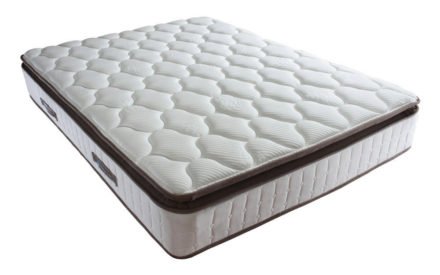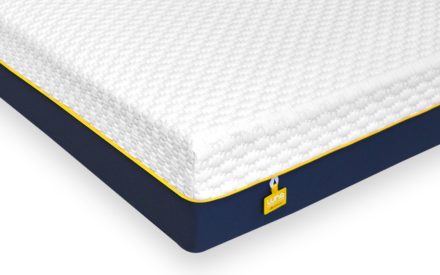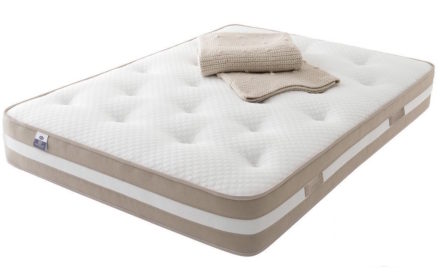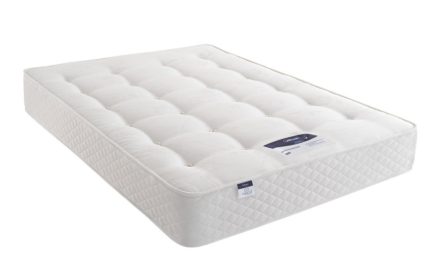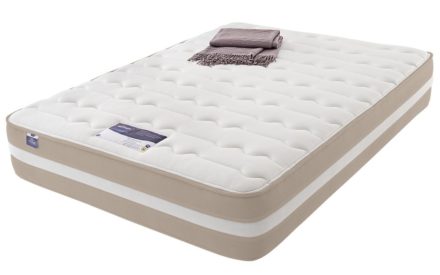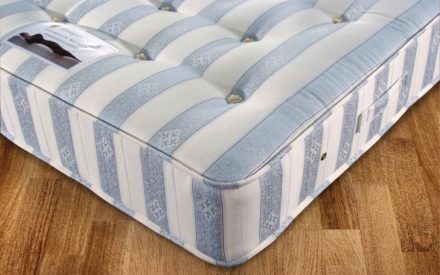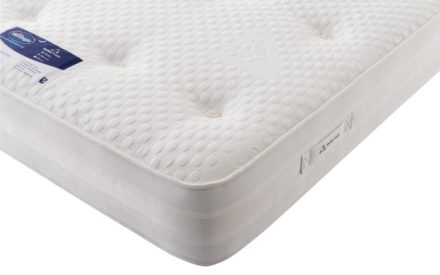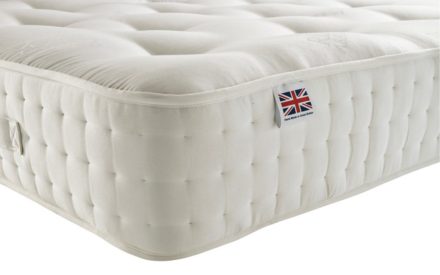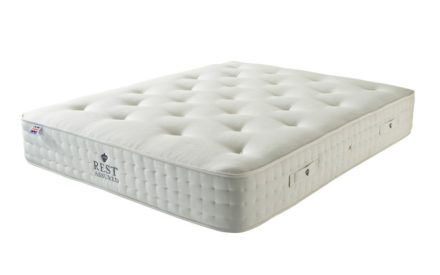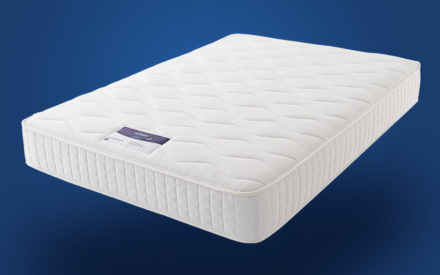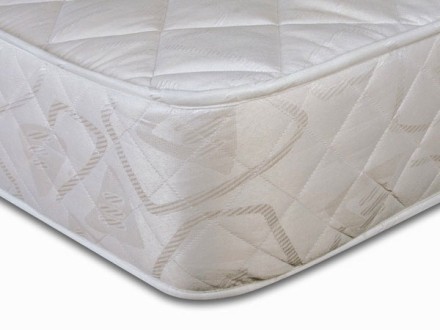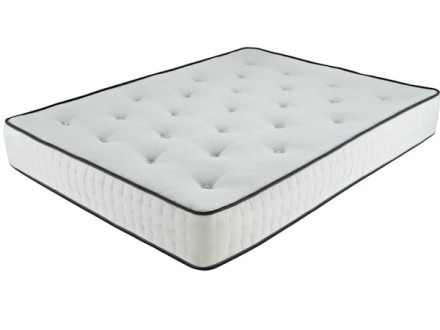Mattress Terms Explained
Found in a majority of mid to high end mattresses, pocket springs offer unrivalled support and comfort as you sleep. Inside a pocket sprung mattress, individual springs are wrapped in their own fabric pockets in order to ensure that adjacent springs don’t interlock and that each spring can continue to compress independently. This means that movement, such as someone getting out of one side of the bed, won’t disturb the sleeper on the other side, unlike in open coil mattresses. Pocket sprung mattresses tend to last longer, with minimal sagging towards the middle of the bed.
Spring Counts eg. 1000, 1350, 1850
A number ranging between roughly 800 and 3000 in a mattress’ name typically indicates the pocket spring count of that specific model. Note that this doesn’t necessarily mean that the particular size that you select will have for example 1200 pocket springs, instead they refer to the King Sized model as an industry standard. However it is still a useful detail when comparing mattresses relative to one another.
As opposed to independently moving pocket springs, mattresses with an open coil system feature continuous lengths of coiled wire forming larger sprung areas. As a result movement on one side of the mattress could disturb the sleeper on the other side. However they are ideal for single beds where this isn’t a concern, and open coil mattresses are typically much cheaper than pocket sprung variants.
Often said to be the future of mattresses, memory foam is a unique material which subtly moulds to fit your body as you lay down due to heat and pressure. It can give a sensation of weightlessness and is an entirely different experience to traditional sprung mattresses.
A thinner layer of memory foam can also be combined with traditional pocket springs in more premium mattresses: a hybrid combination typically denoted as ‘memory pocket’ which offers the best of both worlds.
The term ortho in a mattress’ name indicates that it is a particularly firm mattress and has orthopaedic properties. A firmer mattress keeps the back straighter while sleeping and can do a lot to resolve and prevent back pain. Ortho mattresses needn’t be expensive although they definitely can be.
Those who suffer from asthma related to a dust mite allergy should seek out a mattress with a hypoallergenic specification. These mattresses are typically made from materials which inhibit dust mite growth such as latex and more commonly, memory foam.
Some seek out mattresses made from natural materials both for comfort, authenticity and for the environment. These traditional materials might include wool and silk fillings in their tufted surfaces. Manufacturers often include the term Natural in a mattress’ name if theres an emphasis on natural materials in its construction.
Often incorporated as a ‘comfort layer’ in high end mattresses, latex is a natural material derived from the rubber tree. It is highly elastic and also has hypoallergenic qualities. In many ways it is comparable to memory foam in usage, but as a naturally sourced material, latex is better for the environment.
Unique to Silentnight mattress, Miracoil and Mirapocket technologies refer to mattresses with springs that are specially tensioned to offer optimal support to particular zones of the human form. Miracoil 3 (indicating three tensioned areas) is typically found in their cheaper mattresses while Miracoil 7 can be found in their high-end models.
Note that Miracoil essentially equates to an open coil framework, while Mirapocket, as you might expect, is more similar to a pocket sprung mattress.
